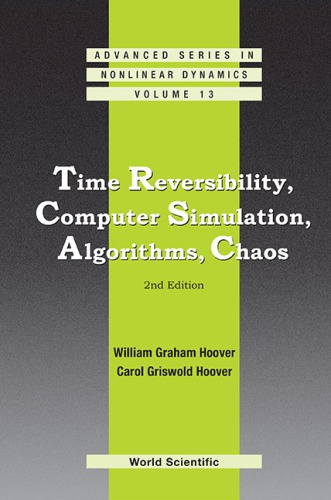

Most ebook files are in PDF format, so you can easily read them using various software such as Foxit Reader or directly on the Google Chrome browser.
Some ebook files are released by publishers in other formats such as .awz, .mobi, .epub, .fb2, etc. You may need to install specific software to read these formats on mobile/PC, such as Calibre.
Please read the tutorial at this link: https://ebookbell.com/faq
We offer FREE conversion to the popular formats you request; however, this may take some time. Therefore, right after payment, please email us, and we will try to provide the service as quickly as possible.
For some exceptional file formats or broken links (if any), please refrain from opening any disputes. Instead, email us first, and we will try to assist within a maximum of 6 hours.
EbookBell Team

0.0
0 reviews The book begins with a discussion, contrasting the idealized reversibility of basic physics against the pragmatic irreversibility of real life. Computer models, and simulation, are next discussed and illustrated. Simulations provide the means to assimilate concepts through worked-out examples. State-of-the-art analyses, from the point of view of dynamical systems, are applied to many-body examples from nonequilibrium molecular dynamics and to chaotic irreversible flows from finite-difference, finite-element, and particle-based continuum simulations. Two necessary concepts from dynamical-systems theory — fractals and Lyapunov instability — are fundamental to the approach.
Undergraduate-level physics, calculus, and ordinary differential equations are sufficient background for a full appreciation of this book, which is intended for advanced undergraduates, graduates, and research workers. The generous assortment of examples worked out in the text will stimulate readers to explore the rich and fruitful field of study which links fundamental reversible laws of physics to the irreversibility surrounding us all.
This expanded edition stresses and illustrates computer algorithms with many new worked-out examples, and includes considerable new material on shockwaves, Lyapunov instability and fluctuations.